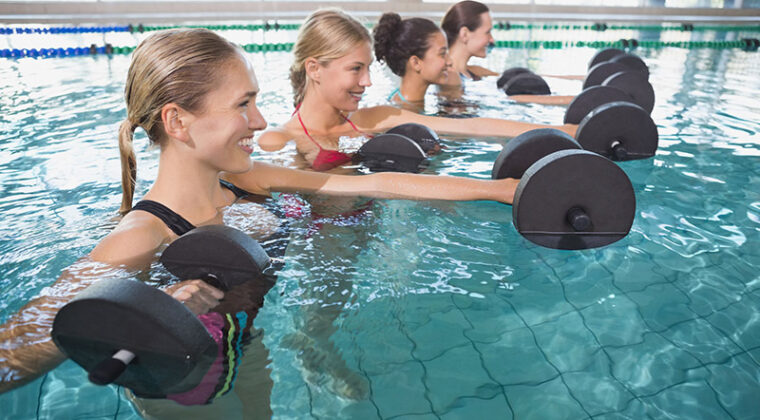So, you have a new pH electrode? Let’s talk about what we can do every day to keep it in shape. Which reminds me… Why did the acidic water go to the gym? Because it wanted to be a buffer solution.
The first thing you need to know is that the glass bulb on the end of your pH electrode is a very thin semi-permeable membrane. Which means it needs to stay clean, so that the small channels in it don’t get clogged. Also, you don’t want to touch it with much or it may break. The next thing you need to know is that it should be kept wet – and a beaker of water just isn’t going to do.
Some people try storing the electrode between readings in clean distilled or deionized water, but these waters have a lack of ions and tend to be relatively non-conductive. You see, water is actually not conductive to electricity. It is the free ions, such as the dissolved minerals and other things in the water that makes it conductive. pH is a type of measurement of the charge of the free Hydrogen or Hydroxyl ions. But measuring pH is impossible if the electrode or the solution is not conductive. So, storing your electrode in distilled or deionized water leaves your electrode unable to make any readings because all of its conductive ions have been diluted away.
Some people try tap water, but the minerals and eventually the growth of algae and mold can clog the electrode. A dirty electrode can often be very slow to stabilize. If it becomes completely clogged, we will have the same non-conductive situation we did with distilled water, and readings will become erratic.
Many people use buffer standards, like 4, 7, or 10 to store the electrode, but these buffers will make the pH electrode tend to read the pH of the buffer it was stored in. So if you store the electrode in a 7 it will tend to read acidic readings high and basic readings low. For example, a pH of a 5.8 might be read as a 6.4 if the electrode was stored in pH 7 buffer.
The electrode filling solution would be great to store the electrode in, but as it evaporates it will leave the salt crystals behind and make a mess. So the only real solution (pun intended) is to use electrode storage solution. Some storage solutions are just buffers with extra salt, so be sure to call LabtronX to get the scoop on the choices we provide our customers, including our own LX pH Storage Solution.

